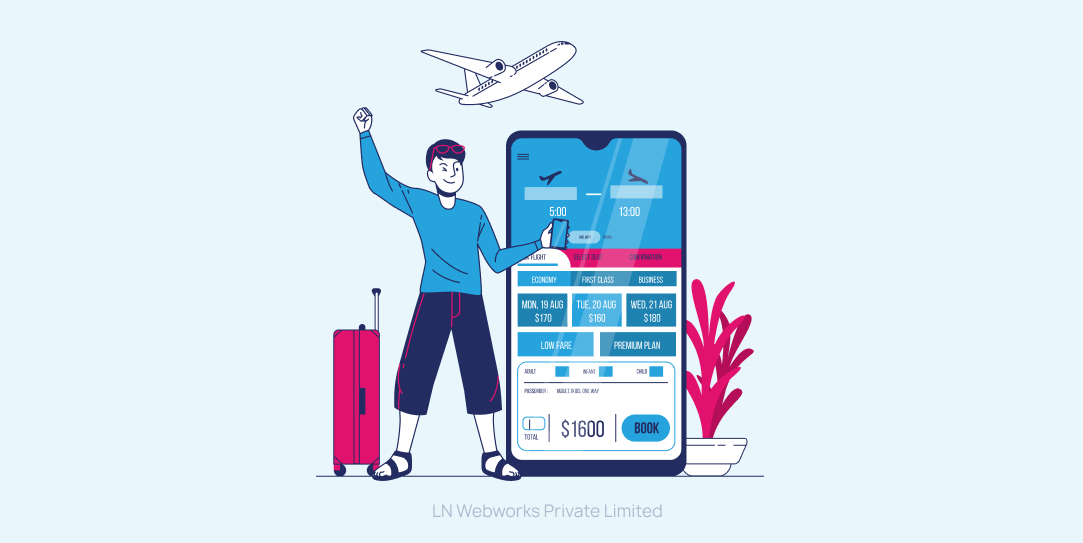Subscribe To Our NewsLetter
Share This Post:
The shift in consumer behavior and preferences have witnessed growth in the home decor industry. E-commerce mobile apps like Pepperfry have seen a significant increase in revenue as people embrace online shopping for their furniture and home decor needs.
Pepperfry has redefined the way companies do business in this space. Even though companies worldwide are jumping on the home decor e-commerce bandwagon, there is still room to disrupt the industry in a new way. As the furniture e-commerce market is forecasted to reach 41 billion U.S Dollars, now is the right time to start working on your mobile app development. Read the complete article to learn how to make a furniture & home decor mobile app like Pepperfry through proven app development.
How to make a Furniture & Home Decor App like Pepperfry?
The furniture and home decor industry alone contributes approximately 17 percent to the overall e-commerce market in the United States. Implementing the below-mentioned five tips will help you stay ahead and carve a new sub-niche within the furniture industry.
1. Understanding the Market and Product Categories
A deep understanding of the market and the various product categories will help you dominate the home decor industry. Replicating the success of Pepperfry mobile app is possible when you thoroughly analyze the user’s preferences, desires, fears, and motives.
One key aspect to consider for a successful mobile app is your solution’s assortment of product categories. For instance, you could focus on modern furniture or cater to those seeking vintage and antique pieces. But again, you’ll only be able to make the right decision when you stay abreast of the latest trends and sell products that resonate with your target audience.
2. Building a Seamless User Experience
The success of an e-commerce platform heavily relies on offering users an exceptional experience. When creating an app like Pepperfry, build a UX that captivates users and keeps them returning for more. You must offer user-friendly navigation and make it effortless for users to go through various sections and product categories. User experience is not just about visual appeal but also functionality.
Around 73% of customers expect brands to understand their unique needs and expectations. Providing robust functionality is an excellent way for your brand to stand out by catering to individual customer needs. Every interaction within the mobile app must feel responsive and intuitive and minimize loading times drastically.
3. User Accounts and Management
User accounts allow buyers and sellers to interact with your mobile app. For buyers, provide a personalized experience where they can save their preferences, track orders, and manage their addresses and payment methods.
On the other hand, merchant or seller accounts must be able to showcase their products and manage their inventory effectively. Additionally, you may provide detailed analytics and reporting tools to help sellers make data-driven decisions on your platform.
4. Streamlining Orders and Payments
Streamlining orders and payments is paramount to providing your users with a frictionless and convenient shopping experience. A good checkout process must be intuitive, efficient, and user-friendly. Have a noticeable checkout button to guide users to complete their purchases seamlessly. When it comes to payments, integrate a variety of secure and widely accepted payment gateways to help users make payments.
As cybercrimes increase, partner with reputable payment service providers and integrate their APIs into your mobile app development for secure payments. Expanding your range of payment choices to incorporate credit/debit cards, digital wallets, and online payment platforms increases the probability of successful transaction completion.
5. Mobile App Development
A responsive website is undoubtedly valuable, but having a dedicated mobile app for your home decor eCommerce store is a game-changer. The reason is that 8% of all retail transactions happen through mobile apps, reaching 10.4% by 2025.
Always prioritize a user-centric approach where the app’s design and functionality should be tailored specifically for mobile devices. If the page takes 3 seconds to load rather than 1 second, there is a 32% increased probability of a bounce. That’s why it’s necessary to implement efficient caching mechanisms, optimize image sizes, and minimize load times while working on mobile app development. A fast and responsive app will help users browse products and complete transactions safely.
Conclusion
The home decor e-commerce landscape is getting competitive, but a well-designed and feature-rich mobile app can be a differentiating factor. Moreover, staying attuned to market trends and continuously adapting to meet customer demands will be the key to your business success.
As you carve your niche in the market, partner with a reputable mobile app development company like LN Webworks that can provide the support required to bring your vision to life. Reach out to us now and let's explore how we can position your brand as an industry leader through our mobile app development services.
Share This Post:
Author Information

Harish
Design ExpertHarish is a UI/UX designer with 5 years of professional experience specializing in designing applications for startups. Harish believes that design is not about deliverables and beautiful pixels but solving problems and achieving business and user goals.
Experience Hassle-Free App Development With Us
Related Articles
June 28, 2023
How to Build an App like Myntra in 5 easy steps?
July 3, 2023
How to Build Goibibo Inspired Travel App in 7 easy steps?
June 21, 2023



